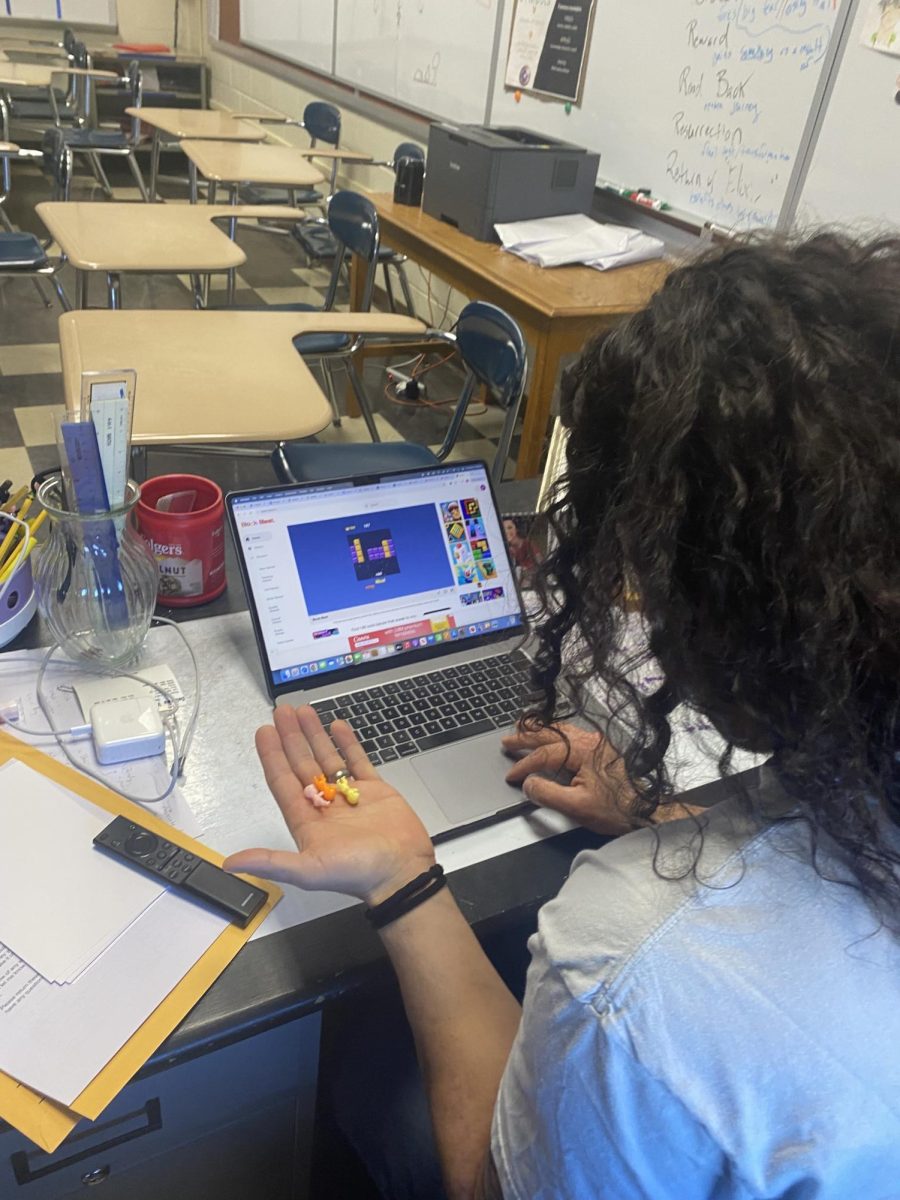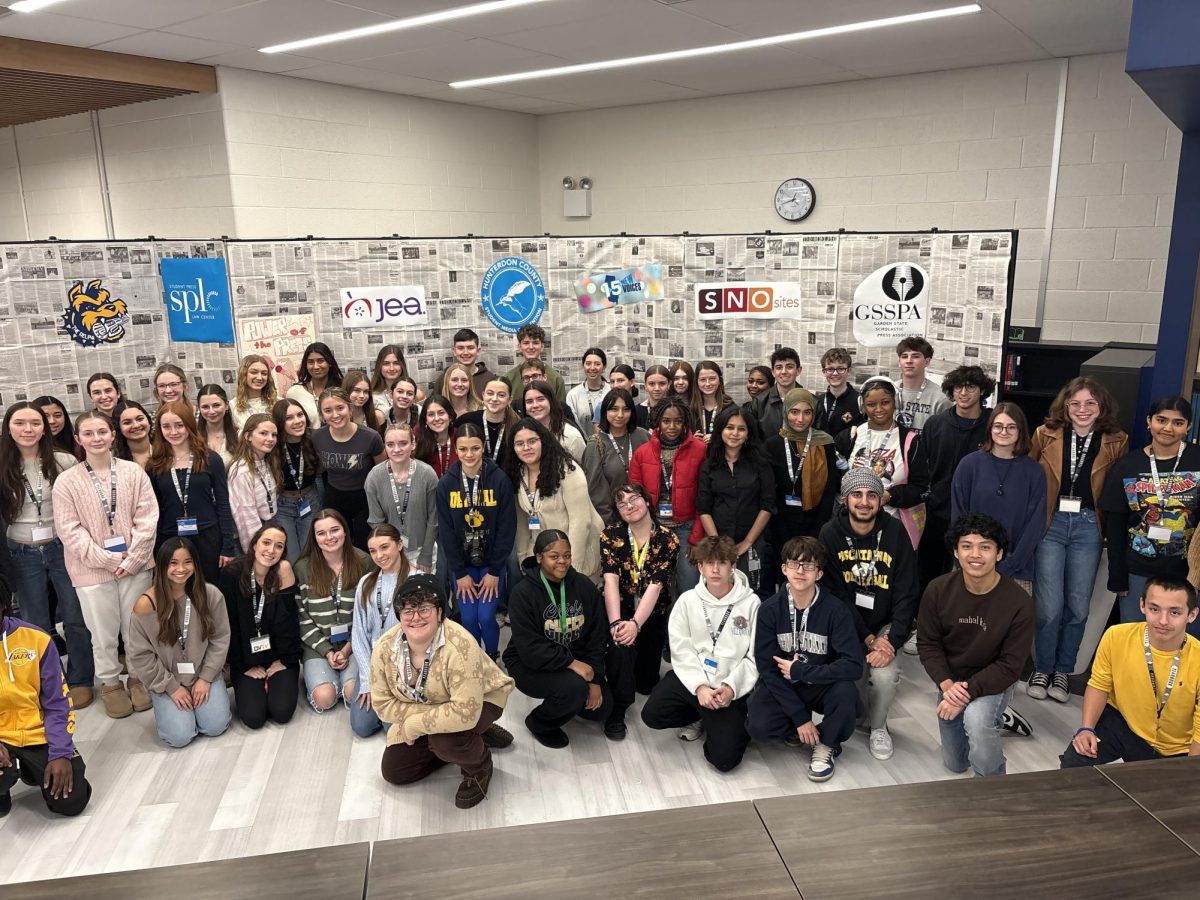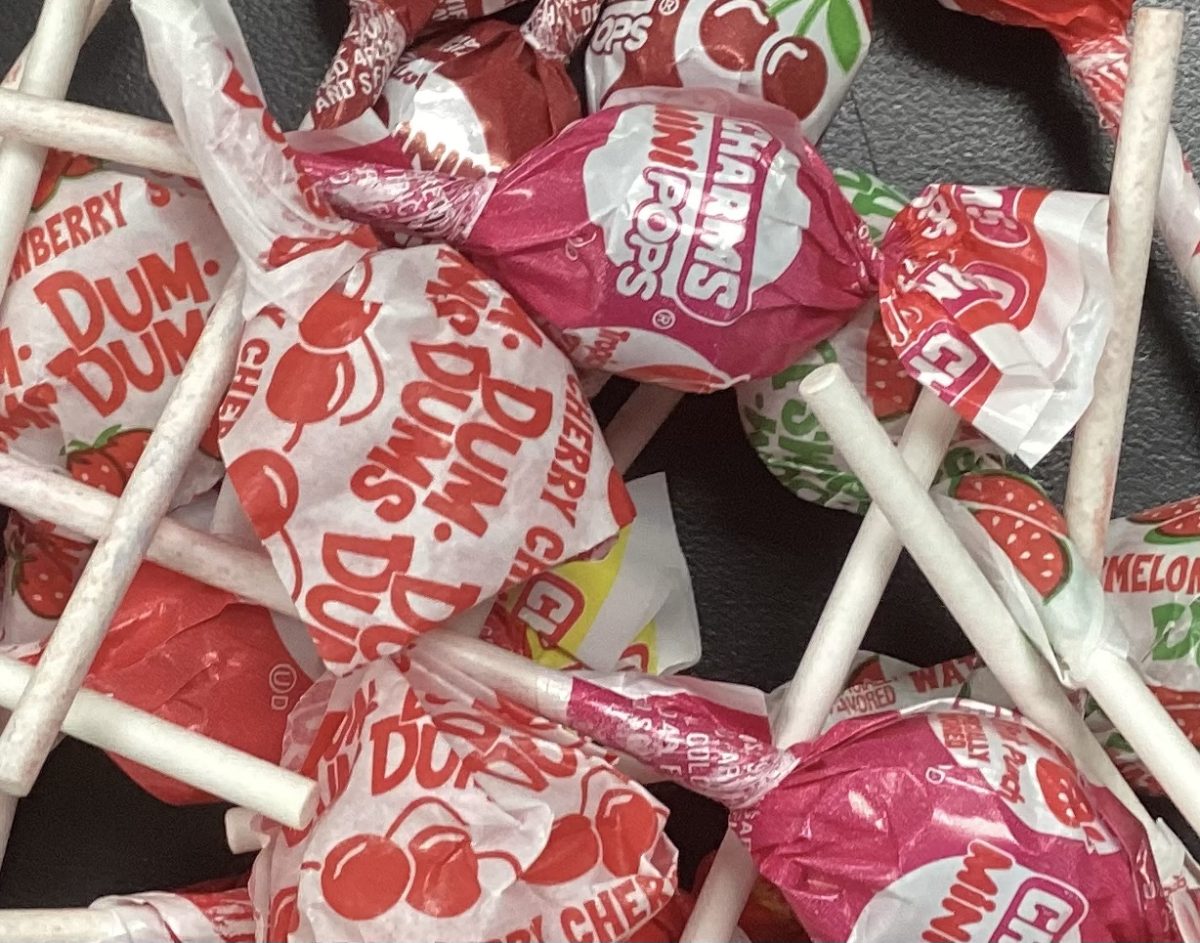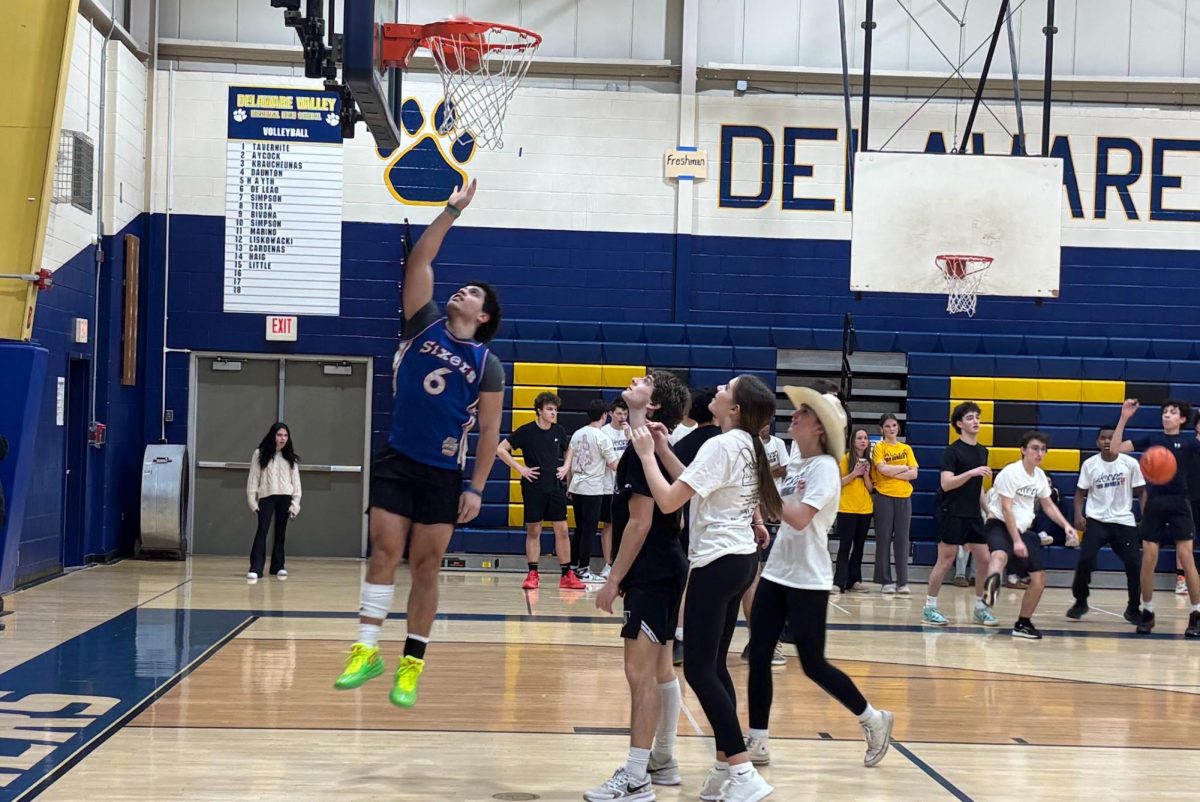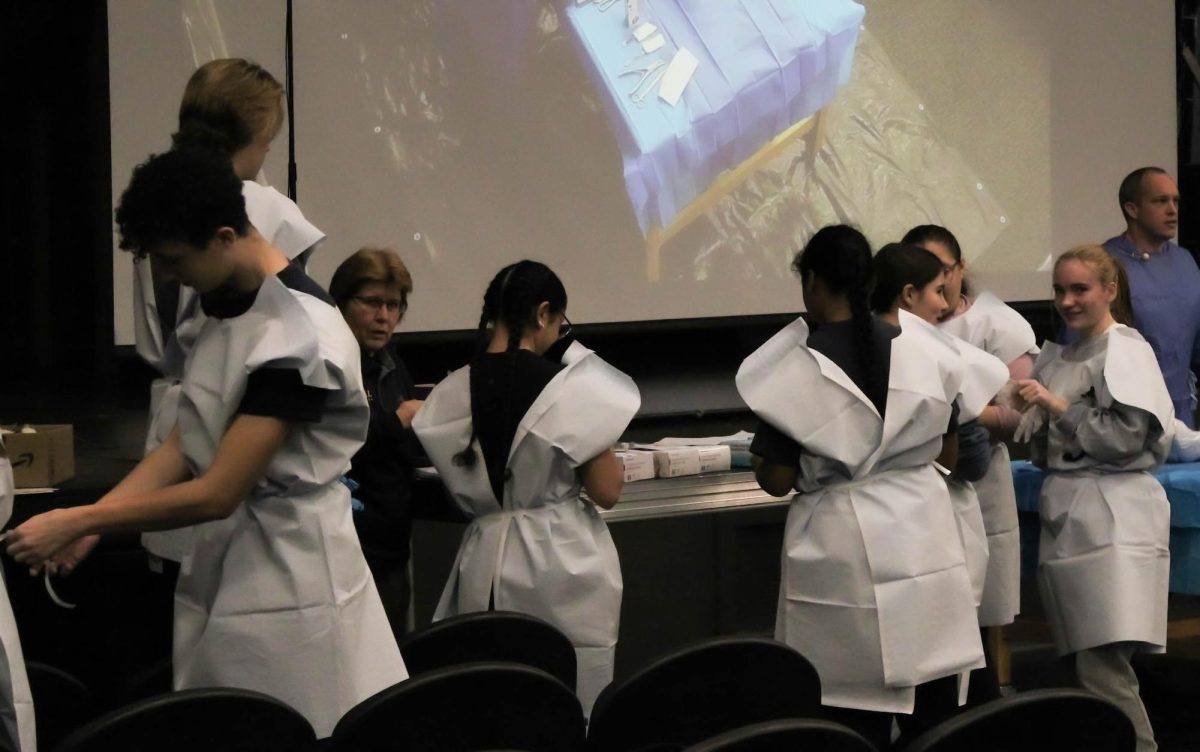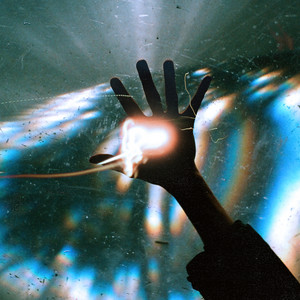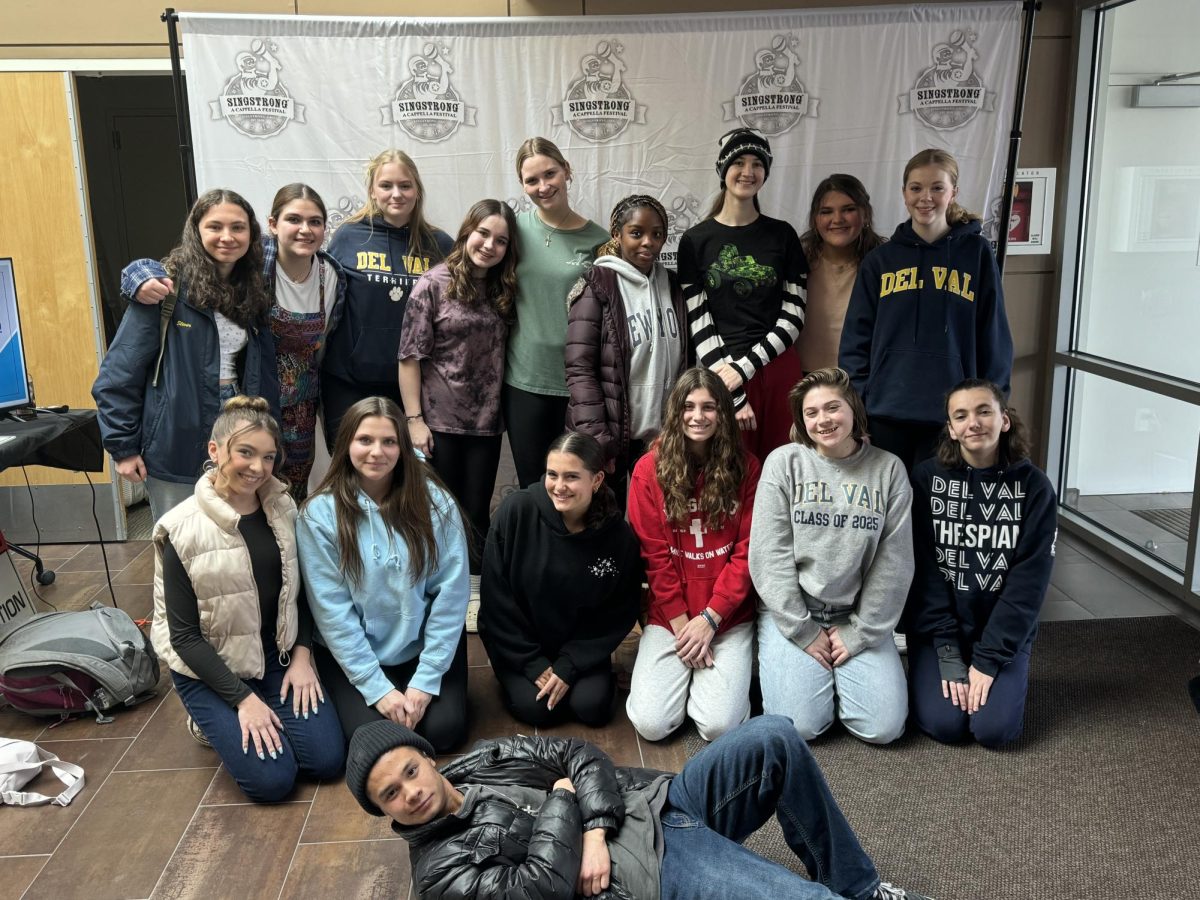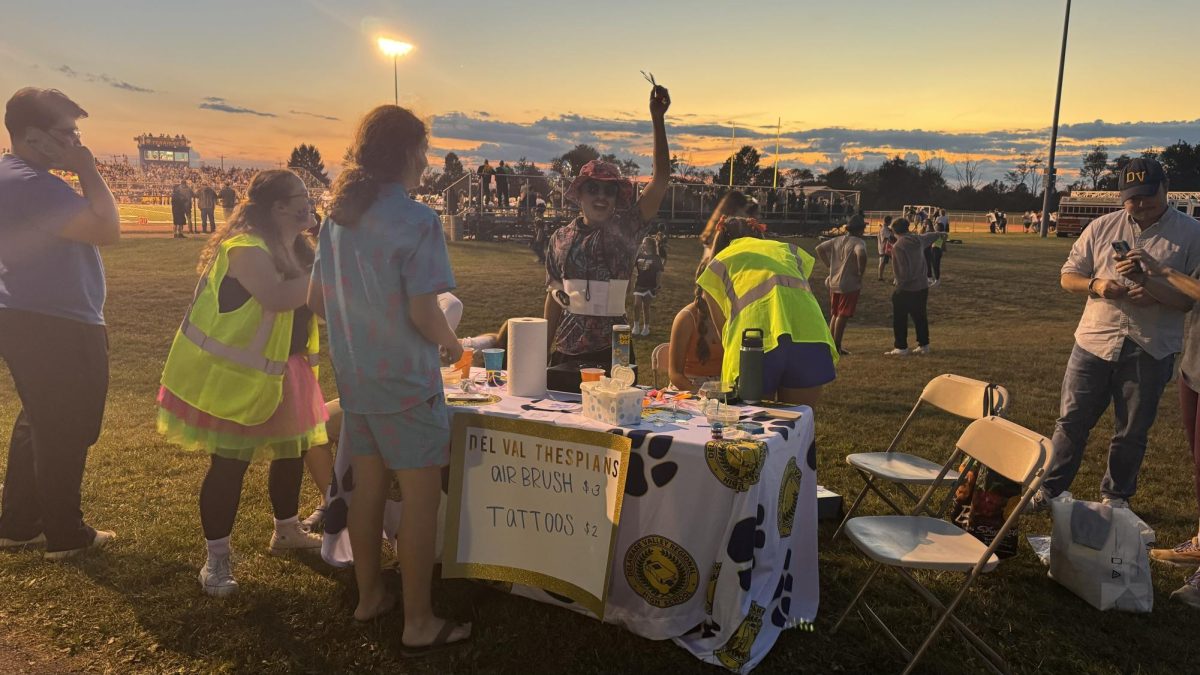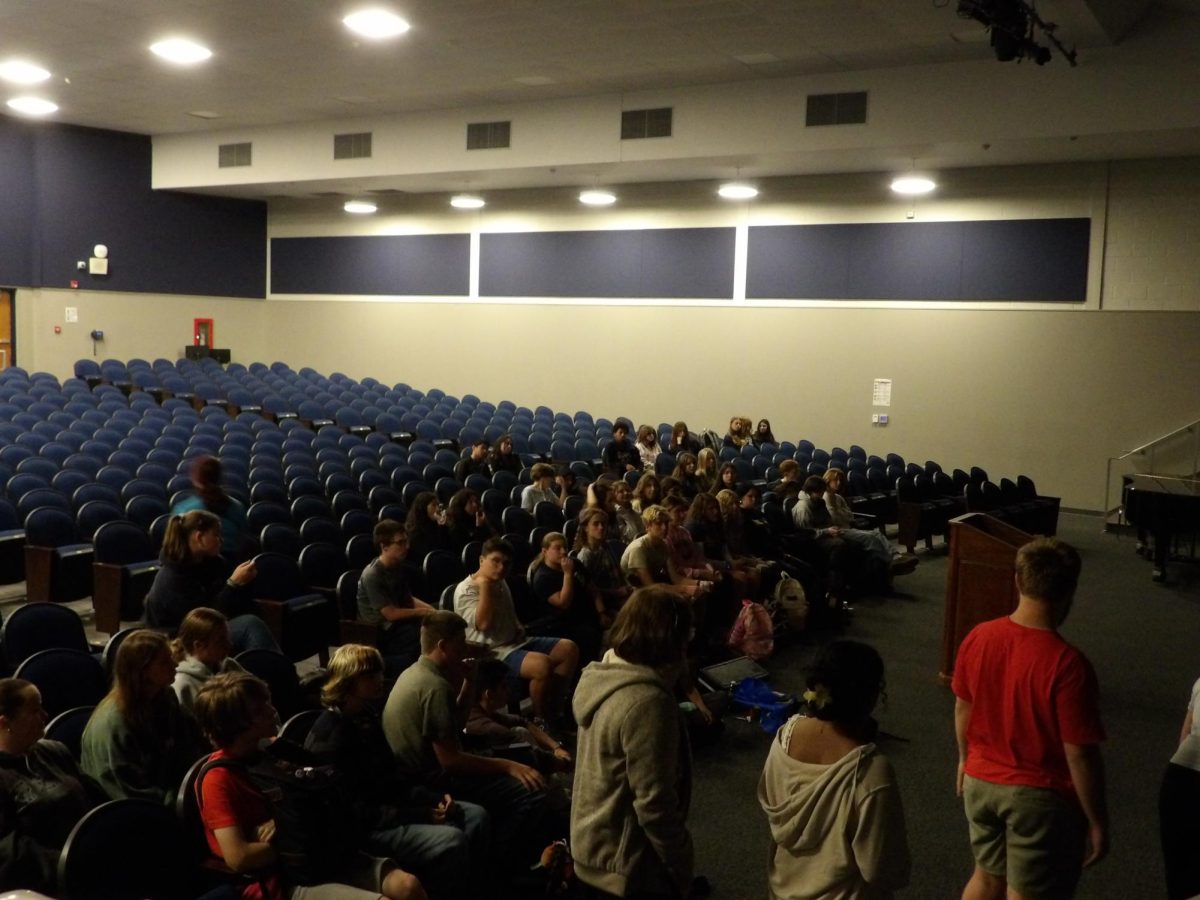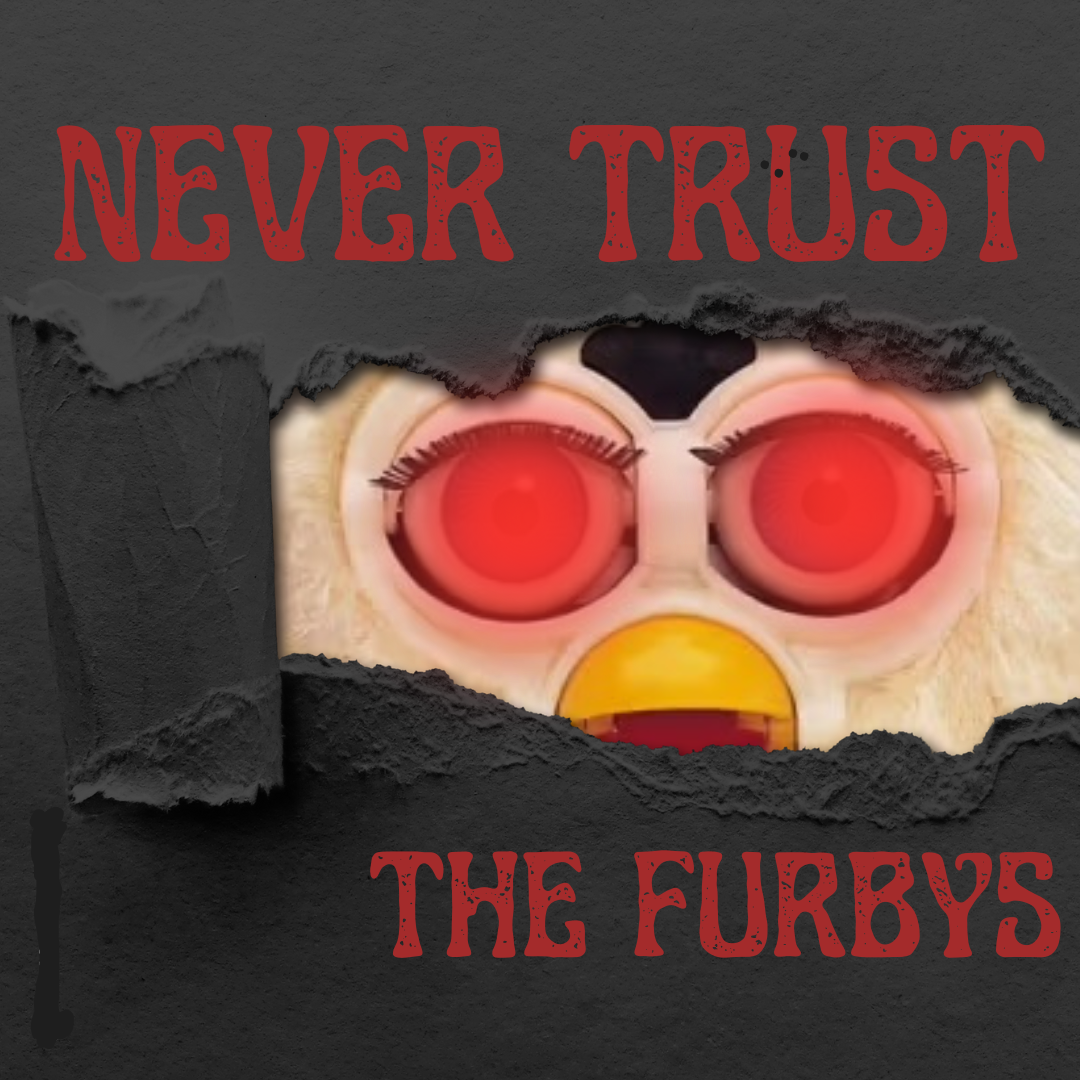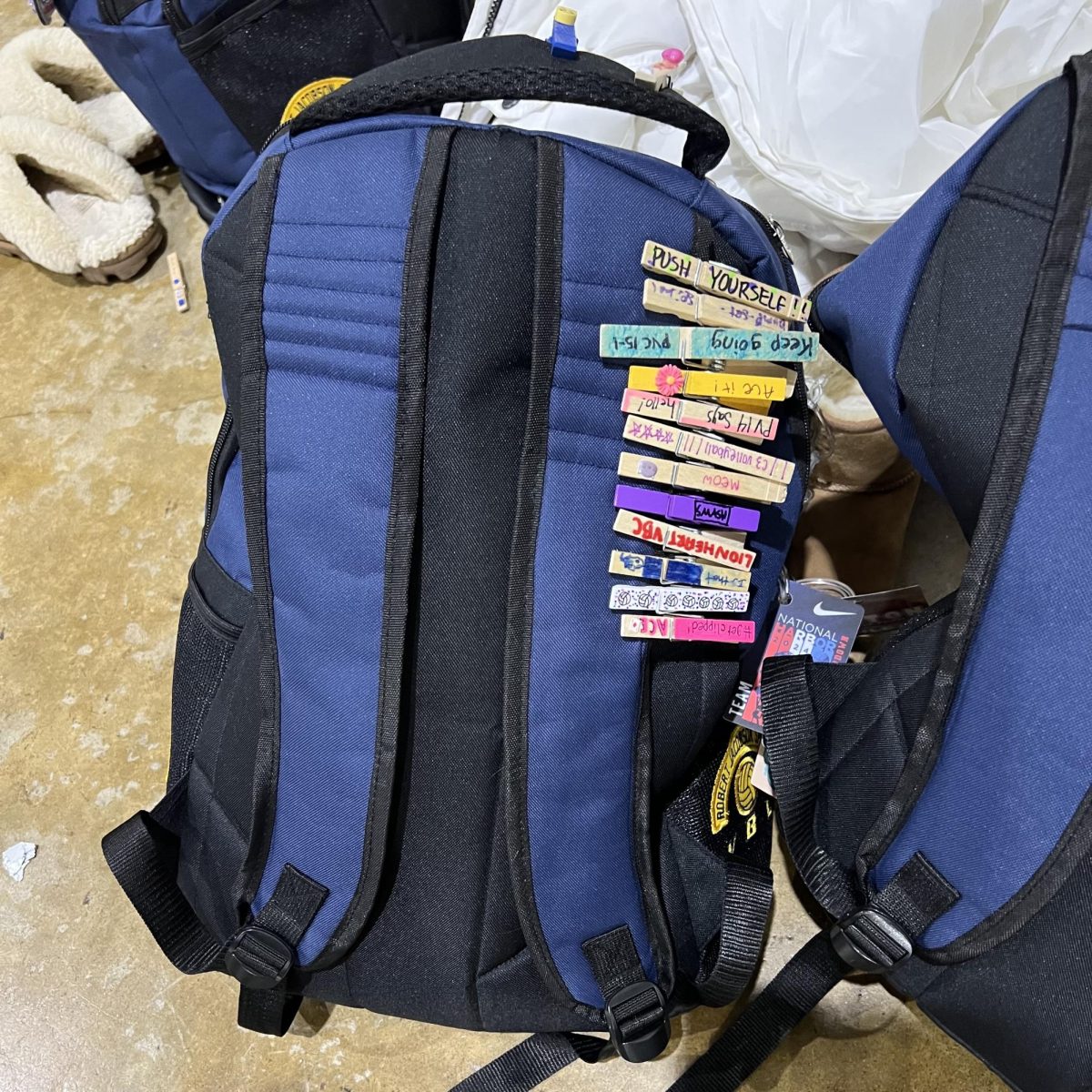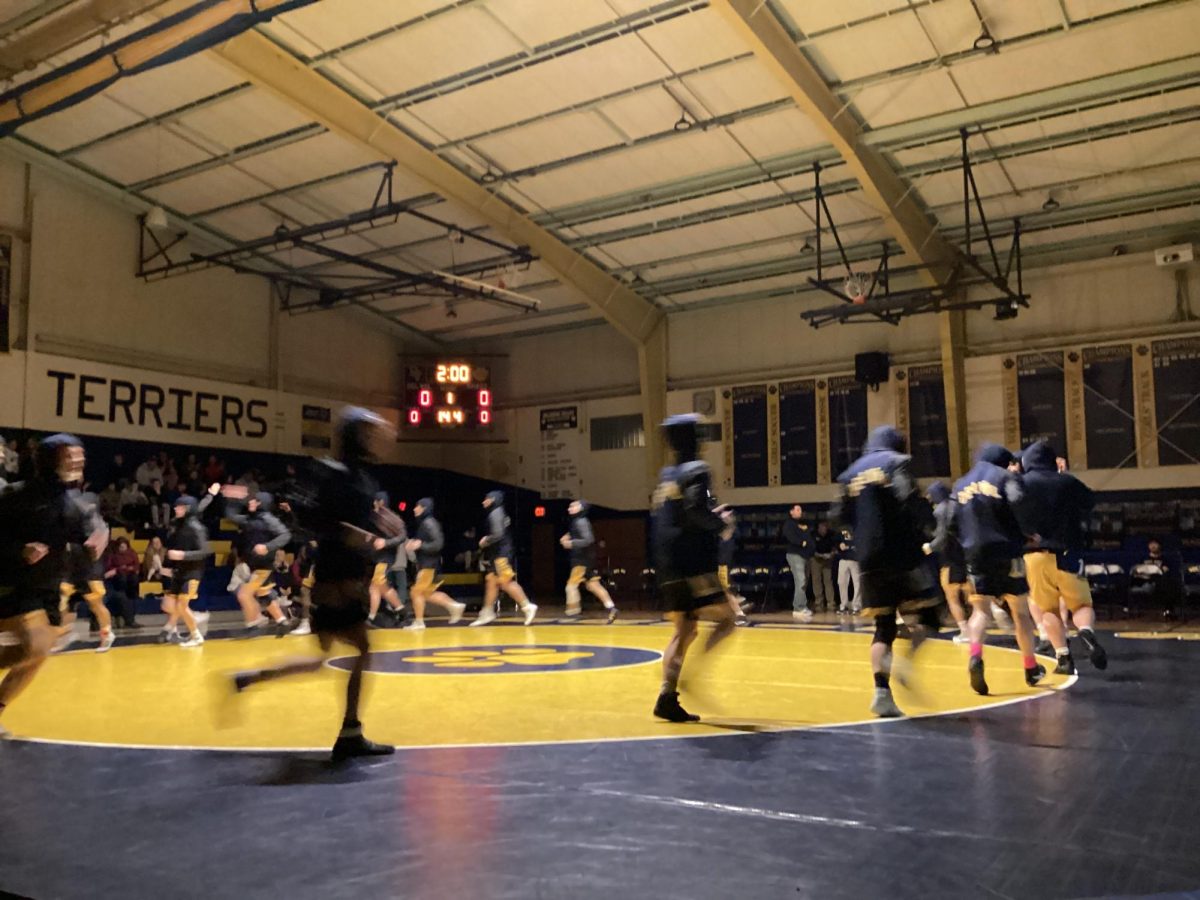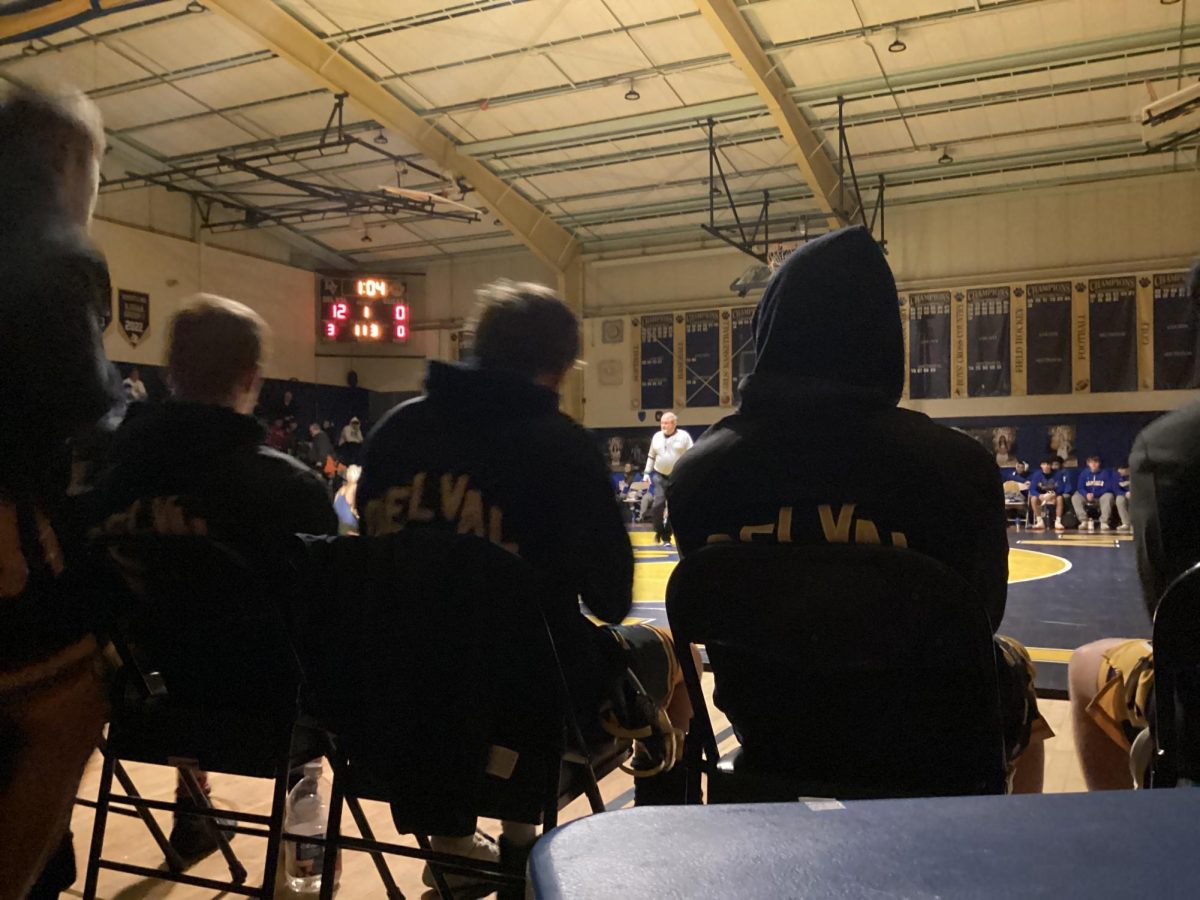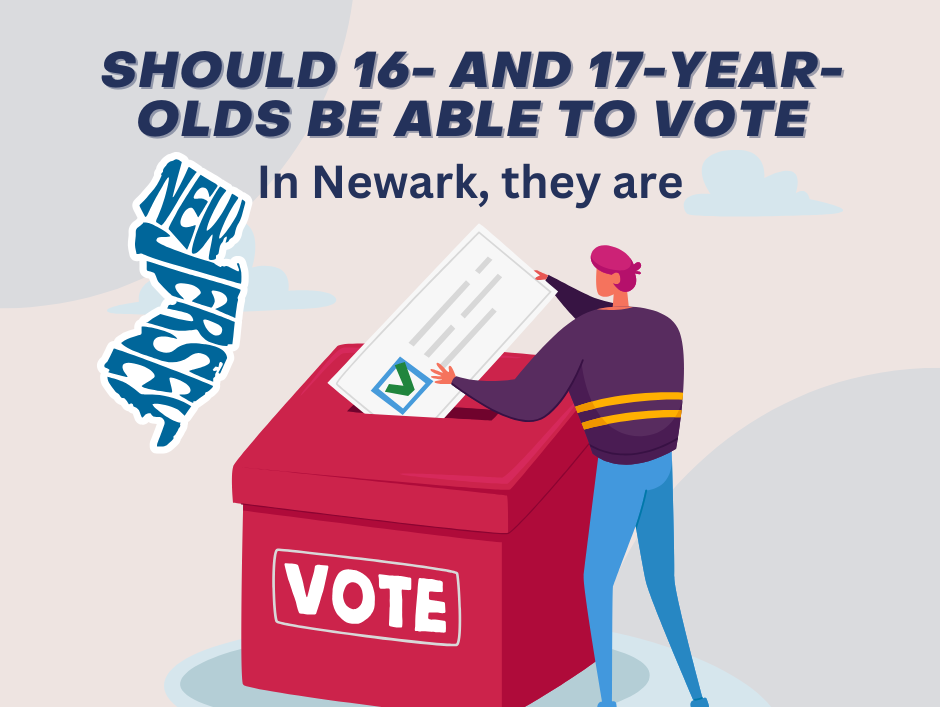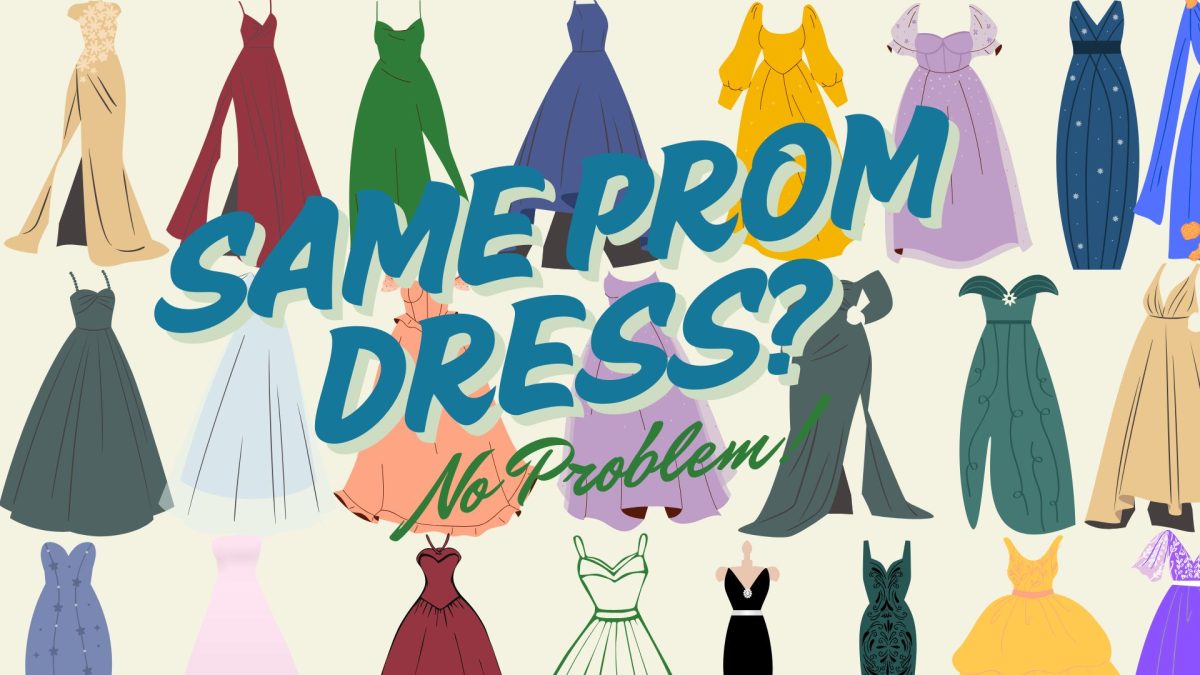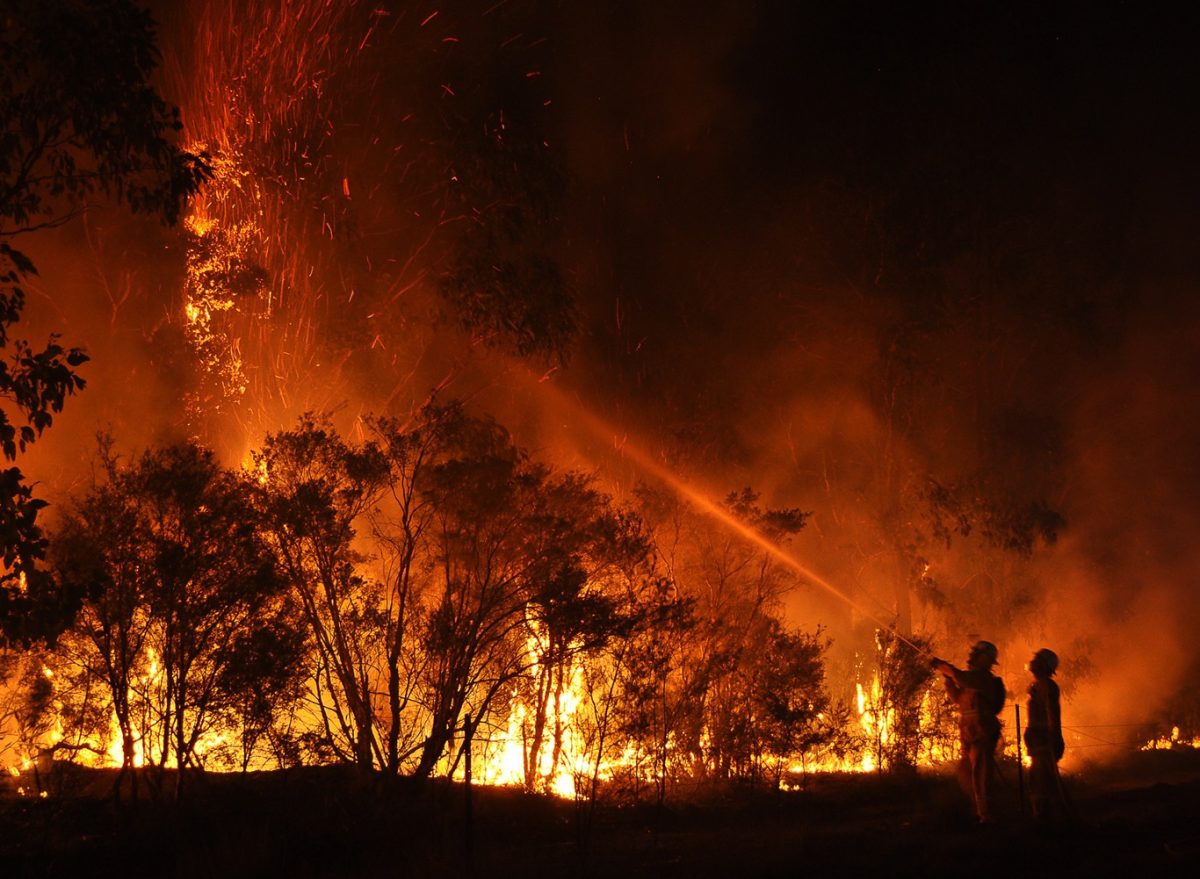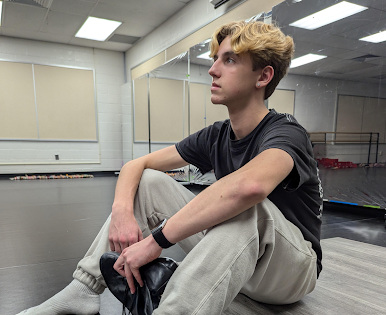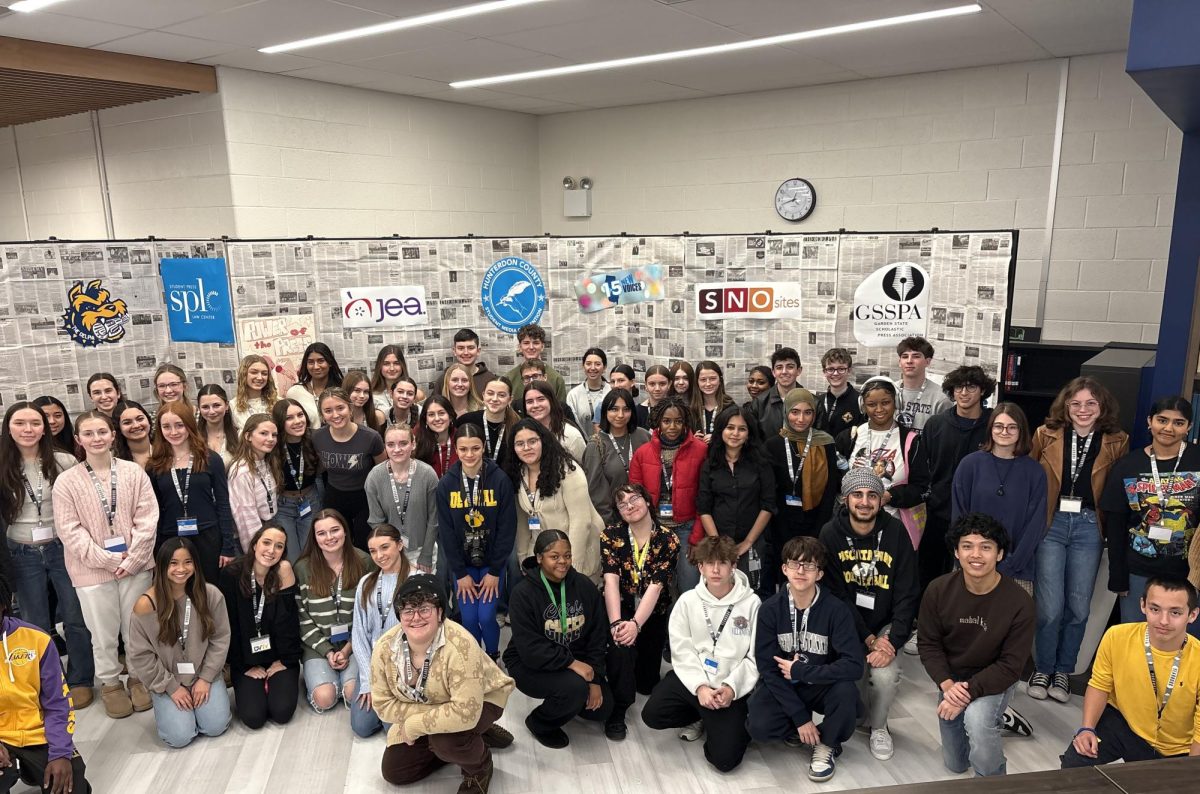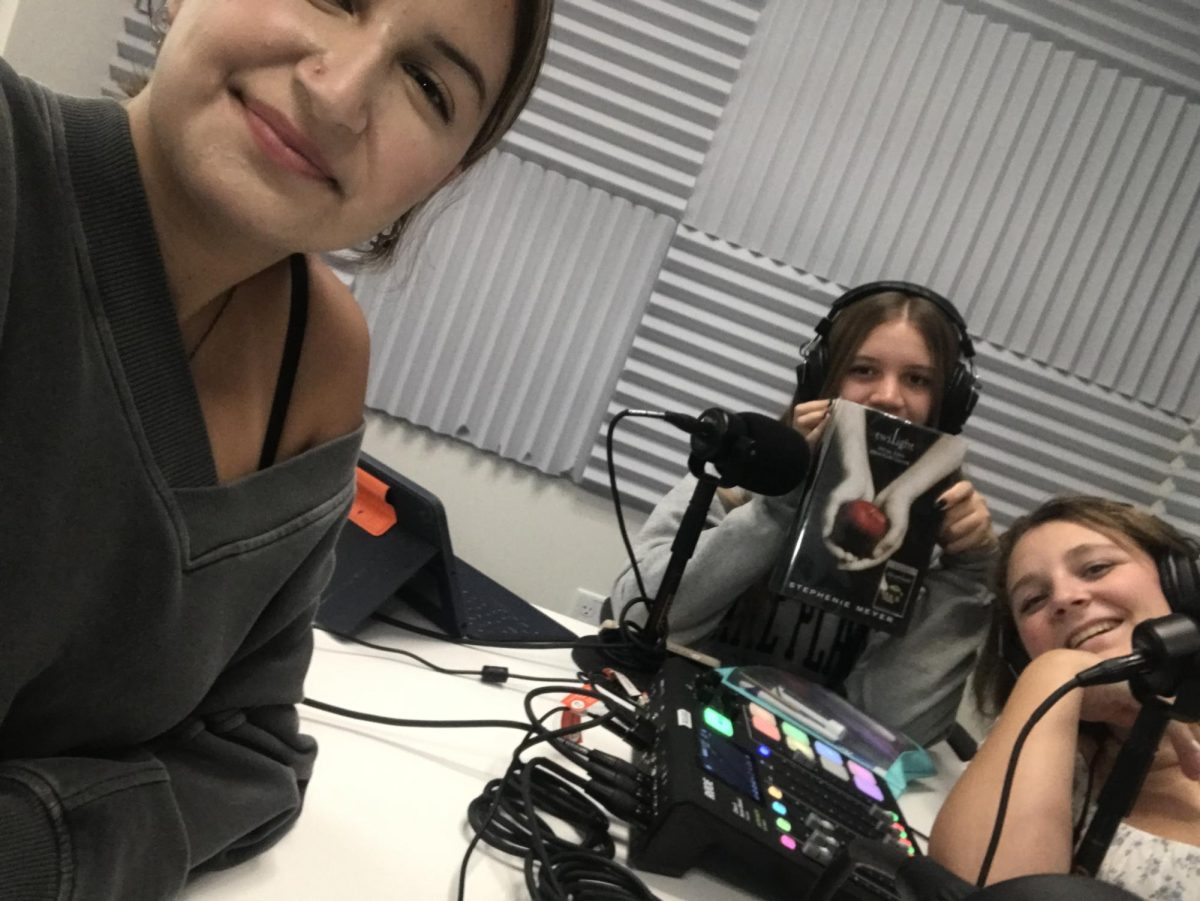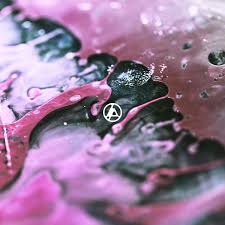Social media’s effects on teens
Photo via Wikimedia Commons under Creative Commons license
Social Media is available to teens with the touch of a key, but what are the risks?
February 14, 2020
The internet can be a fun place for people of all ages, but most people do not know the dangers of the dark web and even everyday websites like Facebook, Instagram, Twitter, etc.
On March 15, 2019, Facebook Live was used to livestream a shooting in a mosque in New Zealand. 1.5 million people shared this video on their own Facebook pages, and it took Facebook over 24 hours to remove this video. This isn’t the only incident were people have used social media to show themselves doing horrible things.
Social media is being used to “catfish” young girls and boys into meeting up with strangers who they met online. Also, teenagers have been bullied online to the point where they take their own lives. As technology has been improving and social media is making a larger impact on people’s lives, it is clear that websites like Facebook, Instagram, Snapchat, Twitter and many more are actually much worse than people think due to cyberbullying, harmful videos and many other aspects.
With so many people having access to post on the internet, people can basically find anything they search for. Unfortunately, not all of these people post positive messages. There are websites on the internet that depict child pornography, videos of shootings, beheadings, and animal cruelty (among other negative messages). “In Sweden, three men were arrested after streaming the sexual assault of a woman live to a private Facebook group,” David Glance, Director of UWA Centre for Software Practice at the University of Western Australia, said. When videos like this one are shared via the internet, it takes Facebook a long time to remove them. By the time the video is removed from Facebook, it is highly likely that it has been downloaded and put onto the “dark web” for the world to see.
Another worry for teens using the internet is “catfishing.” A catfish is someone who will create fake profiles on websites like Facebook, Instagram, and Twitter to pretend to be someone he or she is not. A popular YouTuber named Coby Persin once did a study about how easily young girls (ages 14,13, and 12) would be catfished into meeting up with him (Disclaimer: the video depicts the real-world horrors of abduction and catfishing). He pretended to be a 15-year-old kid who just moved into town and wanted to make new friends. Every girl he messaged ended up giving him their addresses or met him in public places. Unfortunately, stuff like this happens around the world daily, and most of the time it isn’t just a social experiment. Children have been tricked into meeting up with people who they think is someone else, leading to kidnapping, sexual assault and murder.
Lastly, Cyberbullying has led teenagers to take their own lives because of how poorly they were treated on the internet. According to cnn.com, Texas high schooler Brandy Vela shot herself in front of her family because she was being severely cyber-bullied. Due to the fact that literally anybody with access to the internet can create accounts on Facebook, Instagram, Twitter, anybody can bully or get bullied online. Cyberbullying has become so dangerous that criminal laws have been created to try to prevent it. Cyber bullies need to understand the effects that their actions can take on their victims.
Websites like Facebook, Twitter and Instagram have been used to take a toll on people’s lives and the lives around them. It is truly sad that teenagers have been treated so poorly that they would decide to take their own lives. Teens need to be taught about the tricks catfish use on the internet and the effects that cyberbullying can have on other teens to prevent the loss of more innocent lives.

